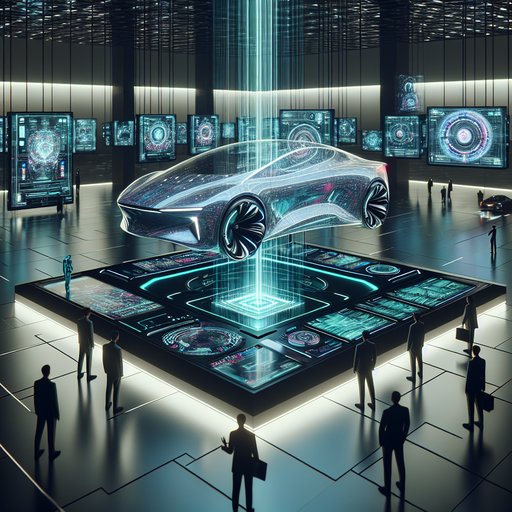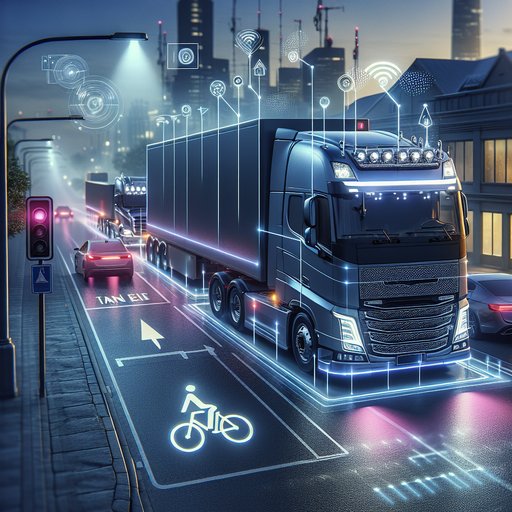
Gasoline retail matured over a century around high-throughput pumps and simple, redundant equipment. Public EV charging is compressing that buildout into a decade, with tighter power, software, and land-use constraints. Comparing the two reveals why EV sites look and perform differently: uptime is defined by networked electronics as much as hardware, charging speeds are capped by vehicle acceptance and taper, multi‑megawatt grid connections are non-trivial, and dwell times reshape real estate. Recent policy—NEVI’s 97% uptime rule, state reporting, and SAE J3400 (NACS) adoption—shows reliability and interoperability becoming central as DC fast charging moves from pilot to utility-grade service.
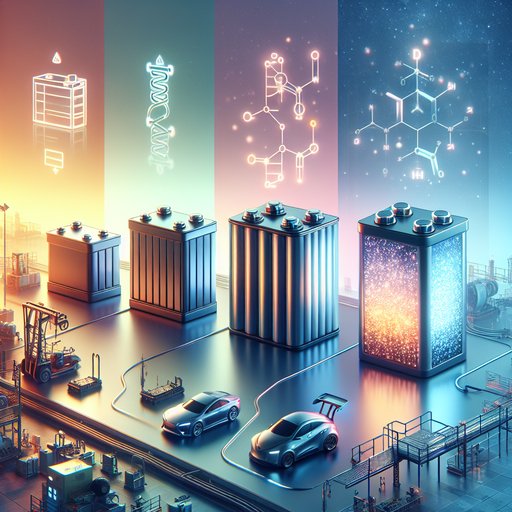
Electric mobility has advanced by riding successive battery chemistries: lead-acid powered the first EVs, nickel–metal hydride (NiMH) enabled hybrids, lithium-ion unlocked modern battery-electric vehicles, and lithium–sulfur (Li–S) is being piloted for ultra-light applications. Each step traded cost, safety, and longevity against energy density. Today’s EV packs achieve roughly 150–200 Wh/kg, an order-of-magnitude gain over early lead-acid systems. In the last few months, Li–S efforts have moved from lab to pilot lines with aerospace-focused trials, while lithium-ion costs and fast charging continue to improve. The trajectory shows how materials science, manufacturing, and safety engineering co-evolve to meet automotive-grade demands.
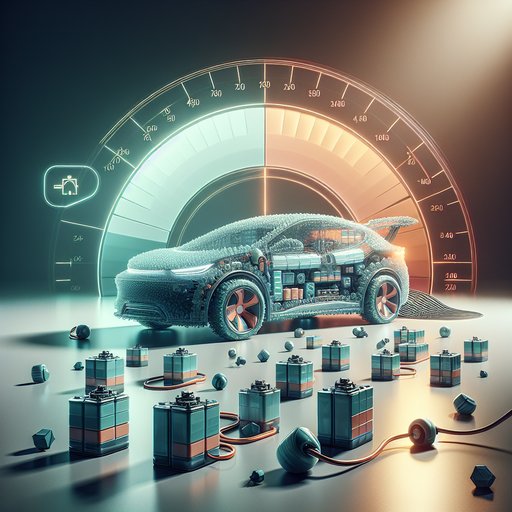
Adding battery cells increases an EV’s stored energy and rated range, but it also raises vehicle mass and rolling resistance. The result is diminishing returns: each extra kilowatt-hour (kWh) yields a smaller distance gain than the previous one, and the car’s Wh/km typically creeps up. This trade-off is visible in 2023–2025 production models and follows basic physics. Pack-level specific energy for modern NMC chemistries is roughly 160–180 Wh/kg (≈5.6–6.3 kg/kWh) and for LFP about 120–150 Wh/kg (≈6.7–8.3 kg/kWh); those kilograms show up in higher consumption, especially at moderate speeds where rolling resistance is a meaningful fraction of total road load.
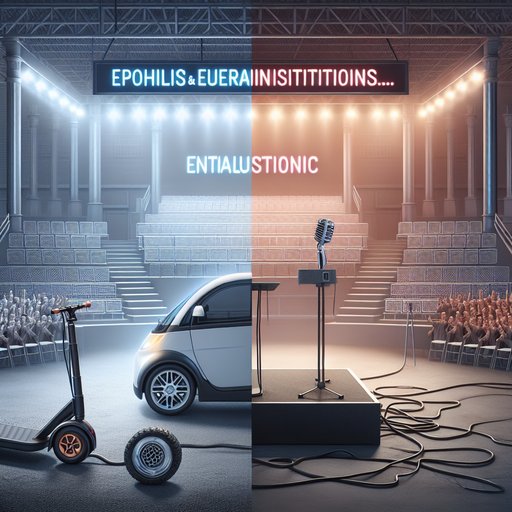
Trump can’t stop America from building cheap EVs, and that is less a story about one politician than about how durable institutions outlast charismatic politics [4]. The real democratic test is whether complex, technical transformations are guided by expertise or buffeted by applause lines. Directly elected leaders are often selected for their ability to electrify rallies, not to design procurement rules, steward trade frameworks, or run evidence-based regulatory processes. The EV race exposes a broader democratic fault: when selection rewards emotional resonance over demonstrated competence, populism flourishes, policymaking lurches, and yet the machinery of law, trade, and regulation keeps grinding forward—if we let it [4].

